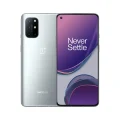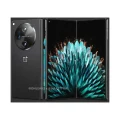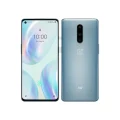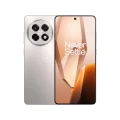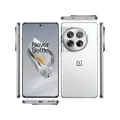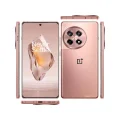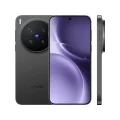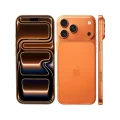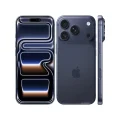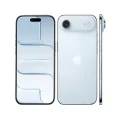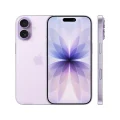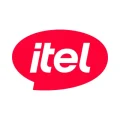- Home
- All Products
- OnePlus
- OnePlus 8
OnePlus 8
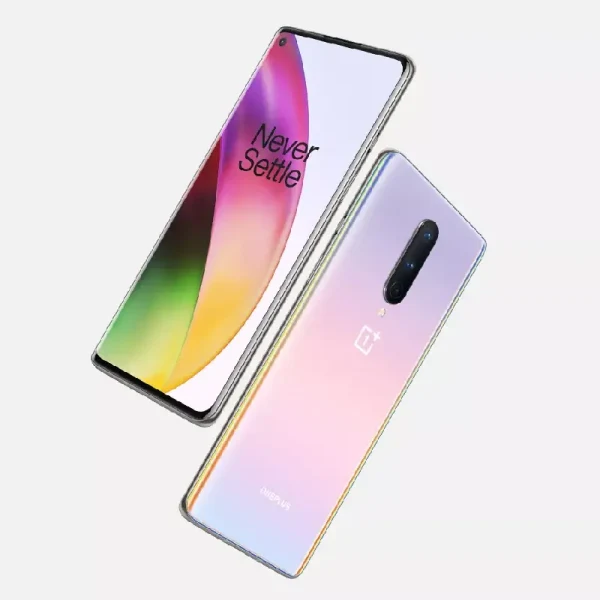

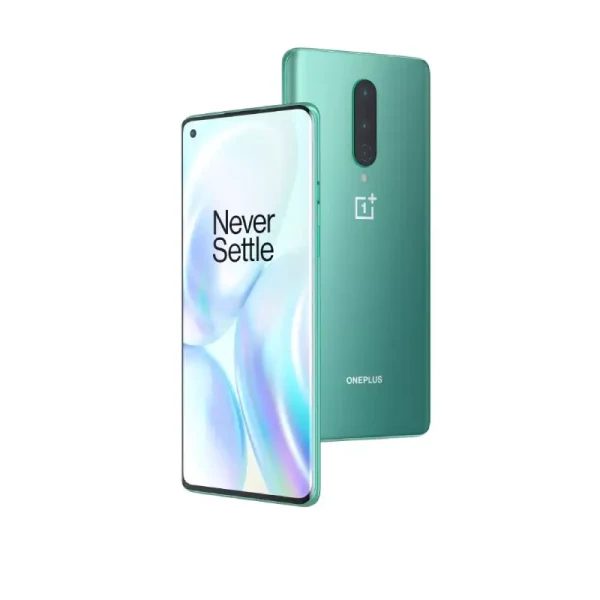
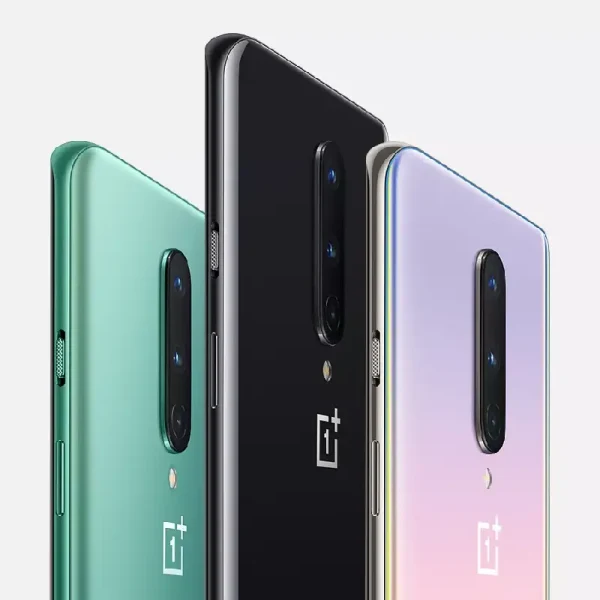

-
Battery: Li-Po 4300 mAh
-
RAM: 6GB, 8GB, 12GB
-
Storage: 128GB, 128GB, 256GB
-
Display: Fluid AMOLED, 6.55 inches
-
Camera: Rear 48 MP+16 MP+2 MP, and Front 16 MP
-
OS: Android 10, upgradable to Android 13, OxygenOS 13
Full Specifications
Price
| Official | 54990 BDT 8GB/128GB |
| Unofficial | About 36999 BDT 8GB/128GB, 41999 BDT 12GB/256GB Exp. |
General
| Model | OnePlus 8 |
| Announced | 2020, April 14 |
| Released | 2020, April 21 |
| Status | Available |
Design
| Dimensions | 160.2 x 72.9 x 8 mm (6.31 x 2.87 x 0.31 in) |
| Weight | 180 g (6.35 oz) |
| SIM SIM (Subscriber Identity Module) is a small card that contains mobile network subscriber's account information. This allows the phone using the card to attach to a mobile network. The SIM card is most commonly associated with GSM and UMTS mobile networks. Moving a SIM card from one phone to another allows a subscriber to switch mobile phones without having to contact their mobile network carrier. SIM cards can also be used by a phone to store limited amounts of data, such as phone numbers and text messages. |
Dual SIM (Nano-SIM, dual stand-by) |
| Colors |
Onyx Black, Glacial Green, Interstellar Glow, Polar Silver |
Display Specification
| Display Type Display Technology => A number of display technologies and types used in mobile phones => TFT (Thin Film Transistor), IPS (In-Place Switching), OLED (Organic Light Emitting Diode), AMOLED (Active-Matrix Organic Light-Emitting Diode), Super AMOLED (an even advanced version of AMOLED), Resistive Touchscreen (Resistive touchscreens contain two layer of conductive material with a very small gap between them which acts as a resistance), Capacitive Touchsceen (Capacitive touchscreen technology consists of a layer of glass coated with a transparent conductor) | Fluid AMOLED |
| Size | 6.55 inches, 103.6 cm2 |
| Resolution | 1080 x 2400 pixels, 20:9 ratio |
| Refresh Rate | 90Hz |
| Pixel Density Pixel Density (PPI) is refers to the concentration of pixels on a particular display, measured in pixels per inch (ppi). Pixel density is calculated by dividing the diagonal pixel resolution of a display by its diagonal size, higher pixel density better display quality. | 402 ppi density |
| Display Protection Display Protection => Gorilla Glass is a special alkali-aluminosilicate glass shield with exceptional damage resistance that helps protect mobile displays from scratches, drops, and bumps of everyday use, It is always better to go for a smartphone with Gorilla Glass for that added protection and peace of mind. | Corning Gorilla Glass 5 |
| Features |
HDR10+ 88.7% screen-to-body ratio |
Platform
| Operating System OS => Every computer system run on a base software called Operating System (OS). Operating System controls all basic operations of the computer (such as smartphone, PDAs, tablet computers and other handheld devices). The Operating System allows the user to install and run third party applications (apps), apps are used to add new functionality to the device. | Android 10, upgradable to Android 13, OxygenOS 13 |
| Chipset Chipset is a group of integrated circuits designed to perform one or a more dedicated functions, often with real time computing constraints, Popular smartphones are equipped with more advanced embedded chipsets that can do many different tasks depending on their programming. | Qualcomm SM8250 Snapdragon 865 5G (7 nm+) |
| CPU CPU (Central Processing Unit) mostly known as processors, CPU processes instructions in order to carry out certain functions that make your device operate properly. Processors are often described as the brain of computers, smartphones and tablets, Smartphones and tablets rely on processors to carry out their every task, Processors are an incredibly important factor in selecting any type of computing device, including your smartphone. | Octa-core (1x2.84 GHz Cortex-A77 & 3x2.42 GHz Cortex-A77 & 4x1.80 GHz Cortex-A55) |
| GPU GPU (Graphics Processing Unit) is a single-chip processor designed to rapidly manipulate and alter memory to accelerate the creation of images in a frame buffer intended for output to a display, This includes things such as lighting effects, object transformations, and 3D motion. | Adreno 650 |
Main Camera
| Camera Setup | Triple |
| Resolution |
48 MP, f/1.8, 26mm (wide), 1/2.0", 0.8µm, PDAF, OIS 16 MP, f/2.2, 14mm, 116˚ (ultrawide), 1/3.6", 1.0µm 2 MP, f/2.4, (macro) |
| Features |
Dual-LED flash, HDR, panorama |
| Video | 4K@30/60fps, 1080p@30/60/240fps, Auto HDR, gyro-EIS |
Selfie Camera
| Camera Setup | Single |
| Resolution |
16 MP, f/2.4, (wide), 1/3.06", 1.0µm |
| Video | 1080p@30fps, gyro-EIS |
| Features |
Auto-HDR |
Network & Connectivity
| Technology | GSM / CDMA / HSPA / LTE / 5G |
| Speed | HSPA 42.2/5.76 Mbps, LTE-A (5CA) Cat18 1200/150 Mbps, 5G 7.5 Gbps DL |
| Wi-fi Wi-Fi is a popular wireless networking technology using radio waves to provide high-speed network connections that allows devices to communicate without cords or cables, Wi-Fi is increasingly becoming the preferred mode of internet connectivity all over the world. | Wi-Fi 802.11 a/b/g/n/ac/6, dual-band, Wi-Fi Direct, DLNA |
| Bluetooth Bluetooth is a wireless communications technology for exchanging data between mobile phones, headsets, computers and other network devices over short distances without wires, Bluetooth technology was primarily designed to support simple wireless networking of personal consumer devices. | 5.1, A2DP, LE, aptX HD |
| NFC NFC (Near field communication) is a set of standards for smartphones and similar devices to establish peer-to-peer radio communications with each other by touching them together or bringing them into proximity, usually no more than a few inches. | Yes |
| Positioning |
GPS (L1+L5), GLONASS (G1), BDS (B1), GALILEO (E1+E5a) |
| FM Radio | No |
| USB | USB Type-C 3.1, OTG |
| 2G Network |
GSM 850 / 900 / 1800 / 1900 - SIM 1 & SIM 2 CDMA 800 / 1900 & TD-SCDMA |
| 3G Network |
HSDPA 800 / 850 / 900 / 1700(AWS) / 1800 / 1900 / 2100 |
| 4G Network |
1, 2, 3, 4, 5, 7, 8, 12, 13, 17, 18, 19, 20, 25, 26, 28, 32, 34, 38, 39, 40, 41, 42, 46, 66 - EU 1, 2, 3, 4, 5, 7, 8, 12, 13, 17, 18, 19, 20, 25, 26, 28, 29, 30, 34, 38, 39, 40, 41, 46, 48, 66, 71 - NA 1, 2, 3, 4, 5, 7, 8, 12, 17, 18, 19, 20, 26, 34, 38, 39, 40, 41, 46 - IN 1, 2, 3, 4, 5, 7, 8, 12, 17, 18, 19, 20, 26, 34, 38, 39, 40, 41 - CN |
| 5G Network |
1, 3, 7, 28, 78 SA/NSA - EU 2, 5, 41, 66, 71 SA/NSA - NA 78 SA/NSA - IN 41, 78, 79 SA/NSA - CN |
Battery
| Battery Type Battery Type => Cell phones run on various kinds of batteries depending on the manufacturer, phone size or shape and features. There are basically four types of cell phone batteries => Lithium Polymer, Lithium Ion, Nickel Metal Hydride and Nickel Cadmium. | Li-Poly (Lithium Polymer) |
| Capacity Battery Capacity is a measure (typically in Amp-hr) of the charge stored by the battery, and is determined by the mass of active material contained in the battery. The battery capacity represents the maximum amount of energy that can be extracted from the battery under certain conditions. | 4300 mAh |
| Removable | No |
| Charging |
30W wired, 50% in 22 min (advertised) |
| Wireless Charging Wireless Charging (Inductive Charging) uses an electromagnetic field to transfer energy between two objects. This is usually done with a charging station. Energy is sent through an inductive coupling to an electrical device, which can then use that energy to charge batteries or run the device. | No |
Multimedia
| Loudspeaker | Yes, with stereo speakers |
| Audio Jack | No |
Storage
| Card Slot Memory Card Slot is a special slot for inserting a memory card. Memory cards allow you to expand the phone's built-in memory, A memory card (sometimes called a flash memory card or a storage card) is a small storage medium used to store data such as text, pictures, audio, and video, for use on small, portable or remote computing devices such as mobile phones, mp3 players, digital cameras. | No |
| Internal Storage Internal Storage is a data storage space (flash memory) mostly used in smartphones, tablets and other electronic devices where operating system, apps, music, photos, videos, files and other user data Is stored. |
128GB 6GB RAM, 128GB 8GB RAM, 256GB 12GB RAM UFS 3.0, 2-LANE |
Sensors
| Fingerprint | Yes (under display, optical) |
| Other Sensors | accelerometer, gyro, proximity, compass |
About the OnePlus 8
The OnePlus 8 is a premium smartphone that blends flagship performance with a sleek design, making it one of the most popular models from OnePlus. It comes with a 6.55-inch Fluid AMOLED display with FHD+ resolution, HDR10+ support, and a smooth 90Hz refresh rate, ensuring vibrant colors and a fluid viewing experience. Under the hood, it is powered by the Qualcomm Snapdragon 865 processor paired with the X55 5G modem, delivering ultra-fast performance and next-generation 5G connectivity.
The phone offers up to 12GB of RAM and 256GB UFS 3.0 storage, making multitasking seamless and fast. Its triple rear camera setup includes a 48MP main sensor, a 16MP ultra-wide lens, and a 2MP macro lens, allowing users to capture versatile shots. On the front, the 16MP selfie camera provides sharp and clear photos.
The 4300mAh battery with Warp Charge 30T fast charging ensures all-day power with quick top-ups. Running on OxygenOS based on Android, the OnePlus 8 provides a clean, customizable, and smooth software experience. Lightweight, stylish, and powerful, the OnePlus 8 is still a reliable 5G smartphone that balances performance and value.
Main Key Features
- 6.55-inch FHD+ Fluid AMOLED display, 90Hz refresh rate
- Qualcomm Snapdragon 865 + Snapdragon X55 5G modem
- Up to 12GB RAM, 256GB UFS 3.0 storage
- Triple rear camera: 48MP + 16MP + 2MP
- 16MP front camera
- 4300mAh battery with Warp Charge 30T
- OxygenOS is based on Android
Pros & Cons
Pros:
- Smooth 90Hz AMOLED display with HDR10+
- Powerful Snapdragon 865 with 5G support
- Slim and lightweight design
- Fast Warp Charge 30T charging
- OxygenOS for a clean and fast software experience
Cons:
- No wireless charging
- No official IP water resistance rating
- Camera performance is average in low light
- No expandable storage option
Why Choose This Phone?
Choose the OnePlus 8 if you want a stylish 5G smartphone with flagship performance at a competitive price. It is ideal for gamers, multitaskers, and everyday users who want speed, smooth visuals, and fast charging without spending on higher-priced flagships.
Opinion
The OnePlus 8 remains a solid choice for anyone looking for a balanced smartphone with 5G, strong performance, and a premium design. Its Snapdragon 865 processor, 90Hz AMOLED display, and OxygenOS make it reliable for gaming, streaming, and productivity. While it lacks wireless charging and an official IP rating, its overall performance and value make it worth considering even in 2025.
See Another Model:
FAQs about OnePlus 8
Q: Does the OnePlus 8 support 5G?
A: Yes, it comes with the Snapdragon X55 5G modem for next-generation connectivity.
Q: Does the OnePlus 8 have wireless charging?
A: No, only the OnePlus 8 Pro includes wireless charging support.
Q: How fast does the battery charge?
A: With Warp Charge 30T, the 4300mAh battery charges up to 50% in about 22 minutes.
Q: Can the storage be expanded with a microSD card?
A: No, the OnePlus 8 does not support expandable storage.
Q: Is the OnePlus 8 still worth buying in 2025?
A: Yes, if you want a powerful yet affordable 5G phone with smooth performance and premium build quality.
Give Your Review
Disclaimer Note
You can write your own disclaimer from APS Settings -> General -> Disclaimer Note.
